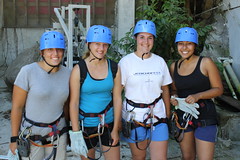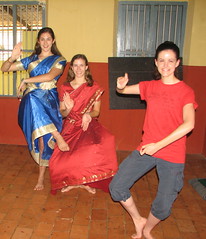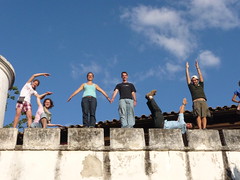
Mining in Honduras
Reports from the India/Pakistan border
Expedition to the Himalayas
Community service reports
Elephants, camels, the desert, and more
Reflections on an Indian heritage
 Growing up as a young child my parents, my father being Indian himself and my mother being Caucasian, kept my background alive. As my brother and I grew up we had tastes of the Indian culture through food, music and souvenirs that my parents had from … Continue Reading ››
Growing up as a young child my parents, my father being Indian himself and my mother being Caucasian, kept my background alive. As my brother and I grew up we had tastes of the Indian culture through food, music and souvenirs that my parents had from … Continue Reading ››
Immigration Focus
A weekend at the beach
Cultural arts at Vijnana Kala Vedi
 I arrived in India just over one month ago. Since that time I have seen many things and learned a lot about both India and myself. Our extensive travelling during the first few weeks led me to be extremely excited for arriving at Vijnana Kala Vedi, … Continue Reading ››
I arrived in India just over one month ago. Since that time I have seen many things and learned a lot about both India and myself. Our extensive travelling during the first few weeks led me to be extremely excited for arriving at Vijnana Kala Vedi, … Continue Reading ››

